INESC TEC participates in project to predict the aesthetic outcomes of breast cancer surgery
Project PICTURE will be an asset to physicians and patients
INESC TEC’s Telecommunications and Multimedia Unit (UTM) is part of a European Consortium that has been working since the beginning of the year on a tool that will predict the aesthetic appearance of breasts after undergoing conservative surgery. Other than being innovative (until now there was no objective tool to assess these results), project PICTURE (Patient Information Combined for the Assessment of Specific Surgical Outcomes in Breast Cancer) focuses on a research area with a clear social impact and for which INESC TEC has already been acknowledged. It is expected that the first results will be available in April 2014.
Tool makes it easier to choose treatment options for breast cancer
Affecting one in nine women, breast cancer is the most frequent type of cancer among the female population. Even though it is treatable in most cases, many women have to live for the rest of their lives with the consequences of surgery. There are two types of surgery: conservative surgery (also known as lumpectomy) and mastectomy (complete removal of the breast).
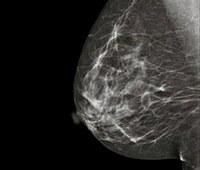
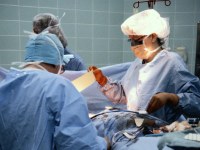
However, even conservative surgery can affect how the breast will look, which can hinder the woman’s emotional and psychological recovery by creating a high level of anxiety. For that, having a good aesthetic outcome is an important factor to consider when treating cancer as this is strongly related to the patients’ psychological recovery and self-image. It is estimated that 30% of women undergoing conservative surgery will not obtain the desired aesthetic outcome.
This is precisely the focus of PICTURE. The goal is to develop tools that will help women choose from the different breast cancer treatment options according to the aesthetic result, with the expertise of the academic and medical centres of INESC TEC, LUMC (The Netherlands), UCL (United Kingdom), KCL (United Kingdom) and Philips (Germany). The team will be filling a gap in this area as “there wasn’t until now an objective way to assess the aesthetic outcomes of breast cancer treatment”, states Maria João Cardoso, a researcher at INESC TEC and Head Surgeon at the Breast Cancer Unit of the Champalimaud Foundation in Lisbon.
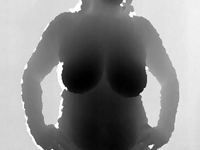
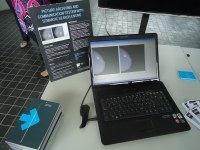
PICTURE uses biomechanical modelling and image processing and analysis techniques
The PICTURE will develop biomechanical modelling techniques. At UTM, researchers Jaime Cardoso (project manager), Maria João Cardoso, Hélder Oliveira, Hooshiar Zolfagharnasab and Diogo Pernes are focusing on two fundamental aspects: a quantitative assessment of the aesthetic result and image processing and analysis.
Using photos and 3D models of the patients, the researchers will try to specify which factors contribute to the post-surgical aesthetic outcome. The UTM team will also develop models to automatically determine the aesthetic outcome by applying machine learning techniques. The researchers are also responsible for other tasks, such as developing new algorithms for 3D reconstruction or creating a parametric model for the surface of the breast.
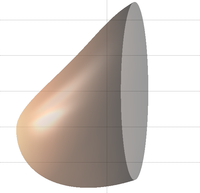

The digital model that is now being prepared should be capable of predicting and visualising the aesthetic effects of treatment. Once developed, the prototype tool will be validated using data provided voluntarily by patients who have already undergone treatment for breast cancer.
PICTURE will help doctors and physicians
Other than reassuring patients on the long-term cosmetic effects of surgery, the tool can also be used to assess the results of different treatment options. This way, the model can be an important contribution for discussions between physicians and patients on the best course of treatment – clinical and aesthetic – for each patient. Furthermore, the tool can potentially be used by surgeons to optimise surgery-related aspects (such as the size and location of the incision) and to minimise changes to the breast’s appearance.
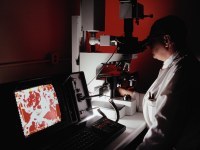
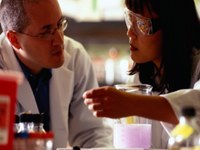
Therefore, the expectations around the project’s prototype are high. “We hope that the demonstrator developed as part of PICTURE can go further and empower our patients, providing them a more personalised treatment”, states Mohammed Keshtgar, consulting physician of Oncological Surgery at UCL (United Kingdom) and at the Royal Free London NHS Foundation Trust. “This work will also help physicians, thus enabling a more objective decision and assessment after treatment”, he adds.
With PICTURE, Philips combines its experience in oncology, image processing and medical imaging with the clinical and academic expertise of the remaining partners. “Philips wants to change healthcare services by providing an innovative patient-centred system that will improve people’s quality of life. The technologies developed as part of PICTURE will assist oncologists and surgeons in their efforts to treat breast cancer using a process that focuses more on people, a process that includes patients and their preferences right at the early stages of treatment”, states Jörg Sabczynski, senior scientist at Philips Research and leader of project PICTURE.
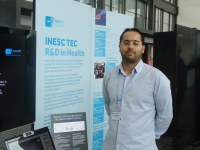
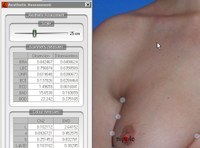
UTM broadens portfolio of research applied to medicine
It is important to highlight that INESC TEC has been playing a fundamental role in the breast cancer area and projects like Semantic Pacs, BCCT.core, (UTM) or MammoClass (CRACS/INESC TEC – Centre for Research in Advanced Computing Systems) are proof of that. The UTM has already been honoured by the Portuguese Senology Society (a specialty that studies and treats breast-related illnesses), thus proving once again that this project has an important social relevance.
In fact, studying an area with an impact on real social problems “is an additional motivation and satisfaction”, admits the UTM researcher Hélder Oliveira, who also says that there is “an added pressure” because the research has a direct impact on the patients’ lives. “Not only do we want to achieve our research goals, but we also want the things we do to always have a social purpose as we are trying to create tools that can help doctors improve their techniques”, adds the researcher.
Project PICTURE has a duration of three years and will be concluded in January 2016. The project will be receiving 2.15 million Euros worth of funding from the European Union’s 7th Framework-Programme, as part of agreement No. FP7-600948.


